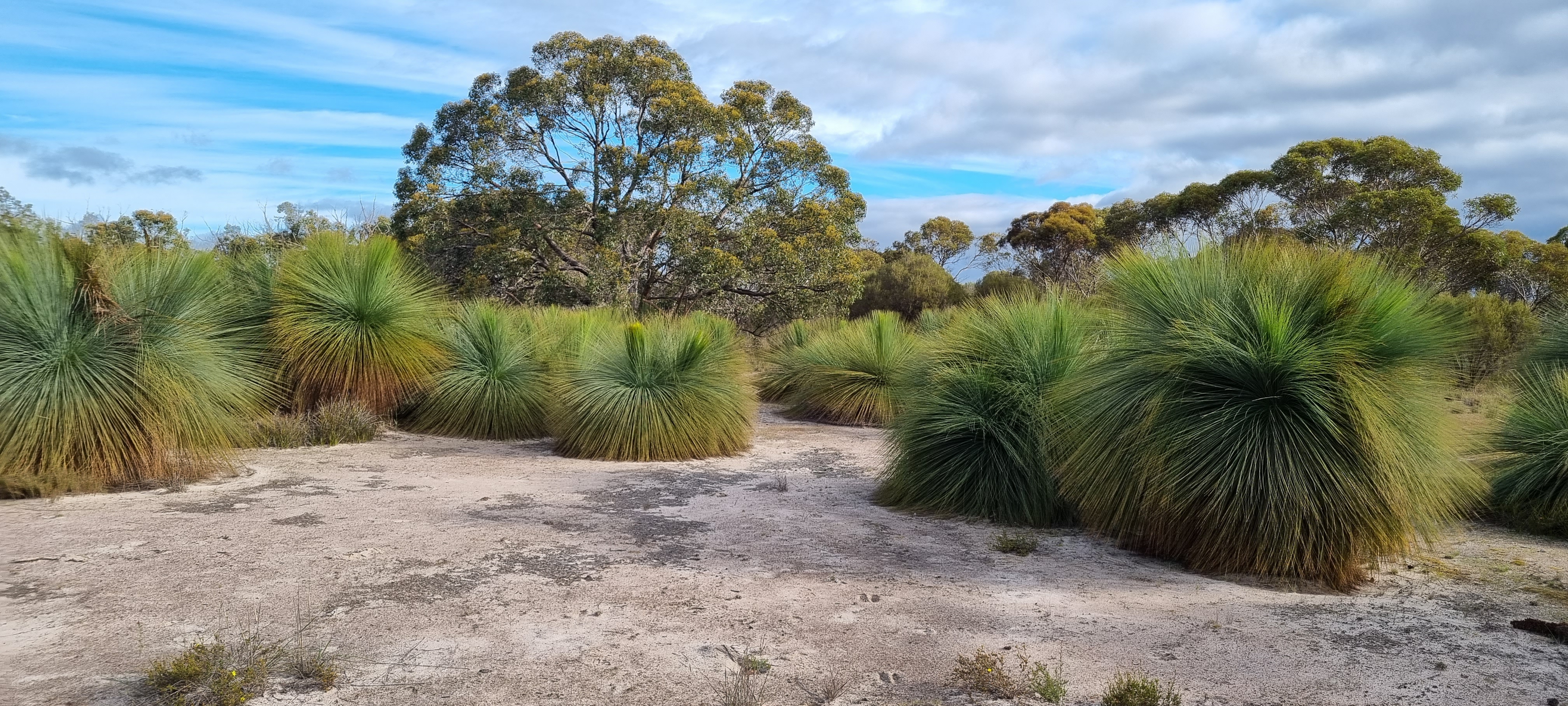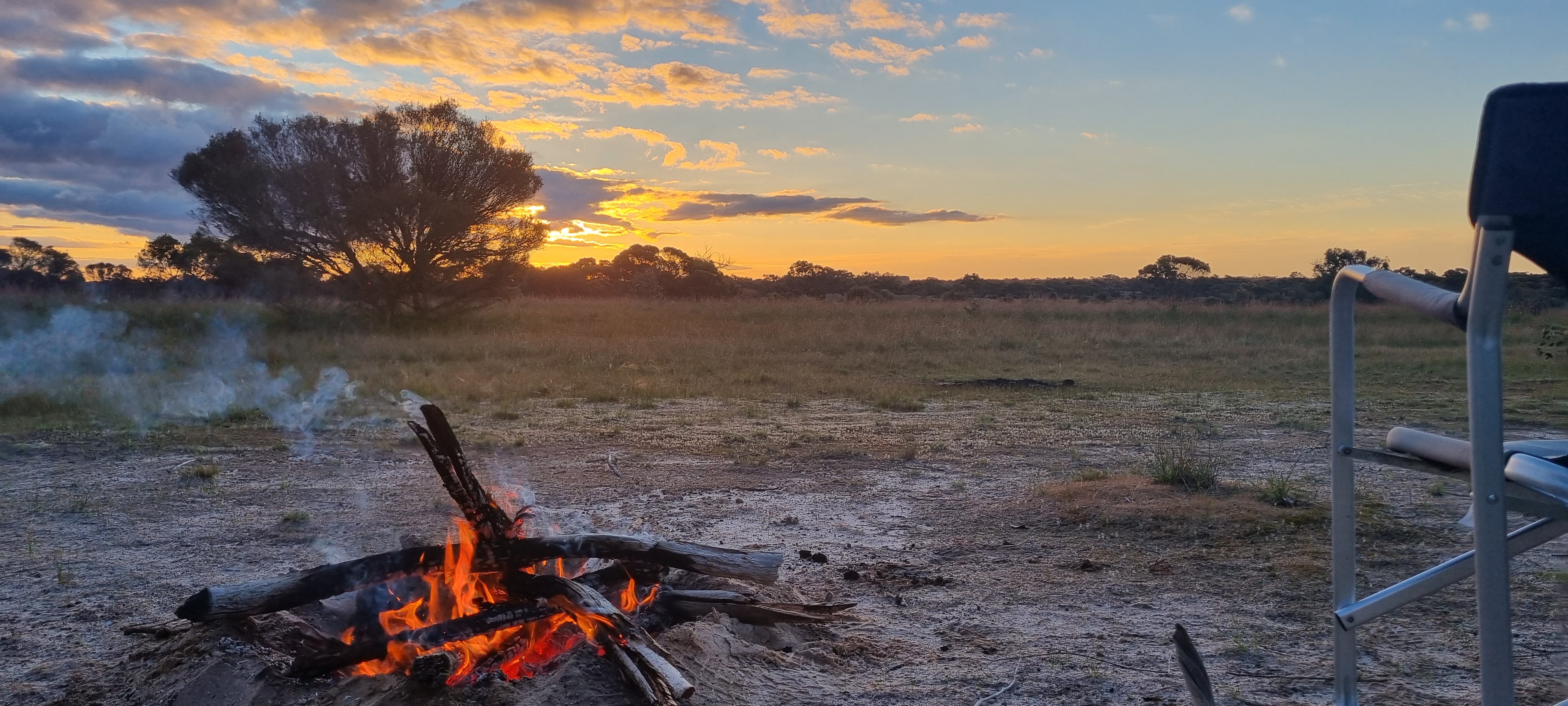The Bank Australia Conservation Reserve is a group of properties spanning 2117 hectares. The properties are based just outside Horsham, Western Victoria in the Wimmera Region.
To create the Conservation Reserve, Bank Australia has partnered with:
-
Barengi Gadjin Land Council
-
and the Country Fire Authority.
The Conservation Reserve provides vital habitat for 225 native plant and 234 native animal species. It's protected under a conservation covenant with Trust for Nature which means the natural and cultural values of the land are protected from development forever.
However, due to land degradation in this region the native ecology is particularly vulnerable to emerging threats, like climate change. Currently, threatened species on the Conservation Reserve include plants such as the tufted-grass tree, slender cup flower and buloke tree and animals such as the south-eastern red-tailed black cockatoo, diamond firetail, fiery jewel butterfly and growling grass frog.
The Conservation Reserve is located within the traditional lands of the Wotjobaluk, Jaadwa, Jadawadjali, Wergaia and Jupagulk peoples – who have been the Traditional Owners and custodians of this landscape for over 40,000 years. The Barengi Gadjin Land Council (BGLC) is the Aboriginal Corporation representing the Wotjobaluk, Jaadwa, Jadawadjali, Wergaia and Jupagulk peoples.
Greening Australia manages the Conservation Reserve on behalf of Bank Australia, in partnership with BGLC and Trust for Nature. An example of this partnership in action is BGLC completing cultural heritage surveys on each property within the Reserve to identify areas of importance to these Traditional Owners and inform land management practices.
These land management practices include measures such as ensuring no vehicles are driven through culturally significant areas, prioritising areas for restoration to improve the health of culturally significant trees and reducing biomass to manage fire risk.
Sites of cultural significance have also been listed on the Victorian Aboriginal Heritage Register (VAHR) with Aboriginal Victoria.

The BGLC also conducted the first full scale Cultural Burn on the Conservation Reserve with the assistance of the Country Fire Authority (CFA) and Parks Victoria in July 2020. This is a cool, low intensity burn which helps reduce fire risk by removing natural litter such as dry grasses and leaves without damaging the soil, seeds and root systems below. It is also an important cultural practice for Traditional Custodians and Elders, helping rebuild knowledge that was disrupted by colonisation from being passed through generations.
For BGLC Archaeologist Darren Griffin, this project demonstrates
“..how best practice land management in Victoria can easily be achieved by establishing strong and equal partnerships between proactive landholders, conservation land management agencies and the Traditional Owners.”
Over the course of the partnership, the following milestones have been achieved:
-
established over 180,000 native plants, including mallees, stringbarks and bulokes
-
restored and improved over 600 hectares of previously cleared land
-
provided biodiverse food sources and habitat for priority threatened species, such as the South-Eastern Red-tailed Black-Cockatoo
-
increased carbon sequestration and hosted plantings registered through the Clean Energy Regulator to generate Australian Carbon Credit Units (ACCUs)
-
as part of the Working for Victoria program which provided jobs to those facing COVID-19 related employment difficulties, over 40 people were also provided with work on the Conservation Reserve assisting with weed management, revegetation, and preparation for future works.
The Conservation Reserve is a great example of Environmental, Social, and Governance (ESG) in action, and what big business can do in partnership with community and the not-for-profit sector to protect and to create a healthier planet.
You can learn what Bank Australia has been up to recently on the Conservation Reserve: Bank Australia 2022 Impact Report.


